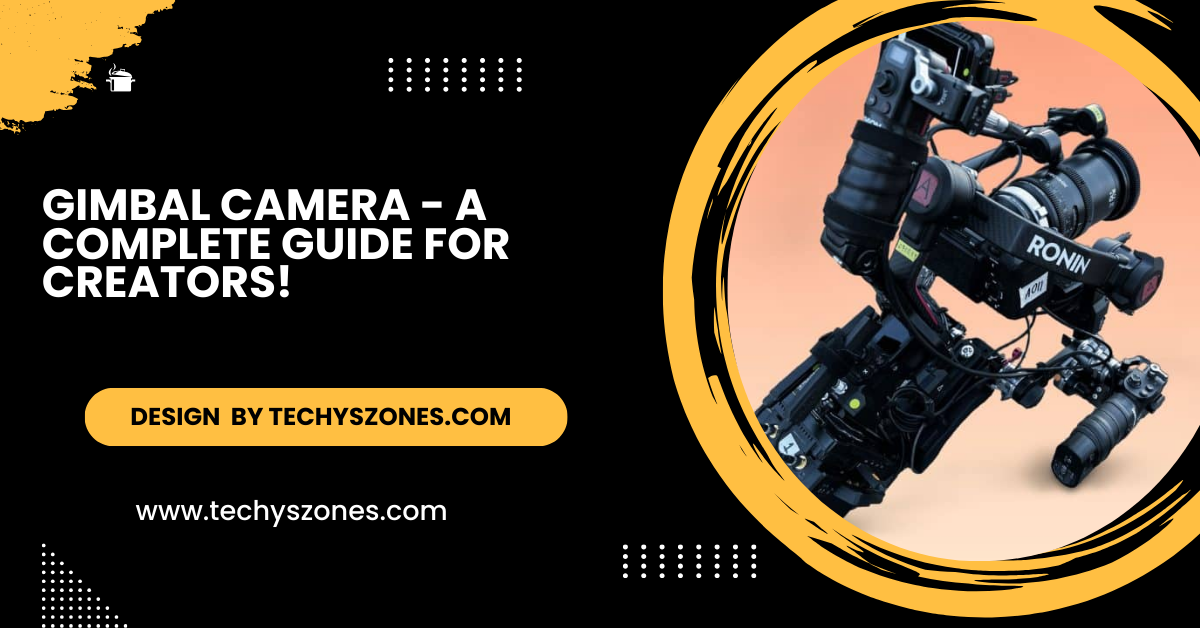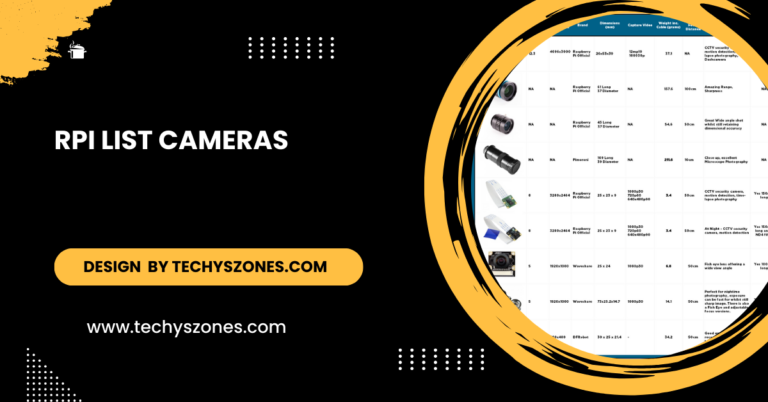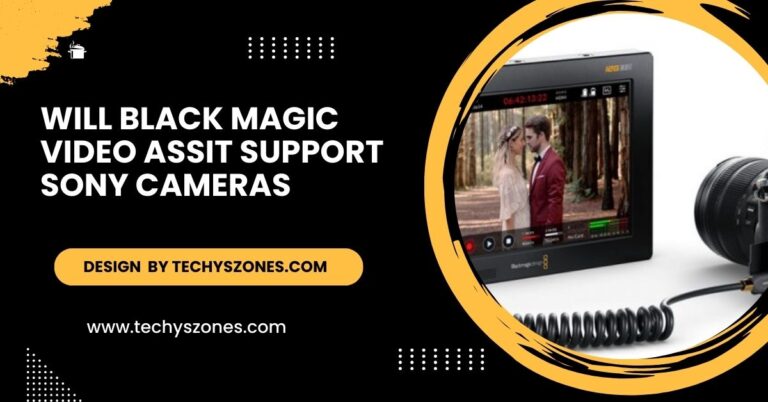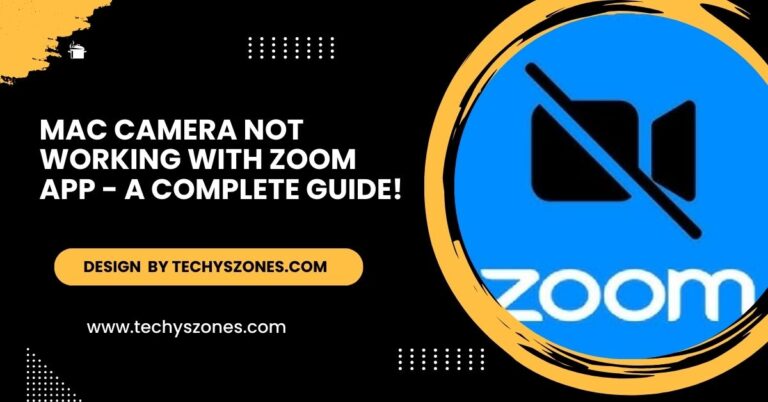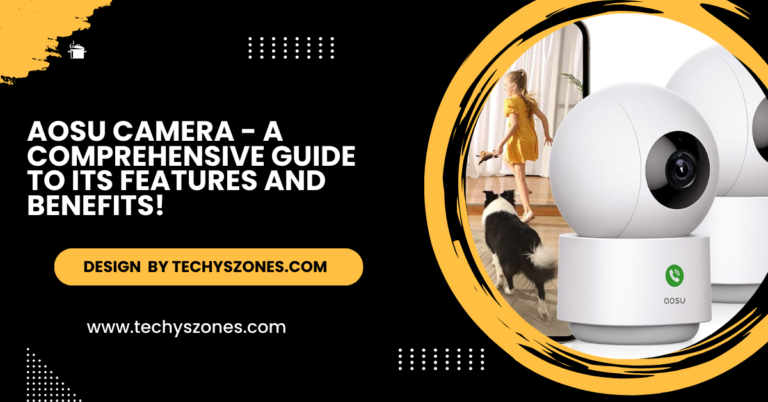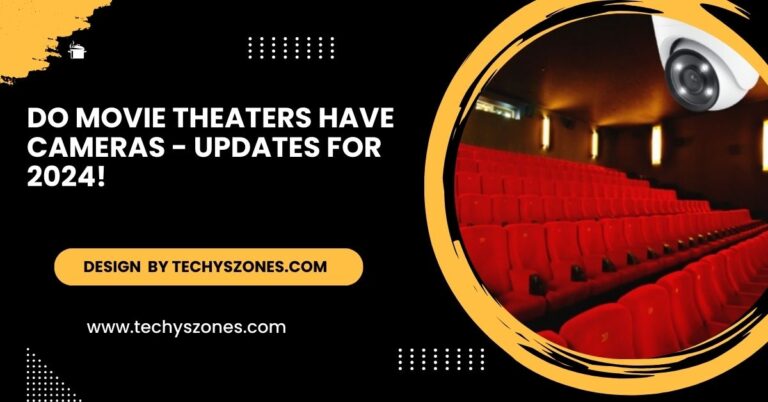Gimbal Camera – A Complete Guide For Creators!
A gimbal camera ensures stable, smooth footage with motorized stabilization, making it perfect for vlogging, action sports, filmmaking, and creative video projects.
In this article, we’ll dive into what a gimbal camera is, how it works, and why it’s a game-changer for modern creators.
What is a Gimbal Camera?
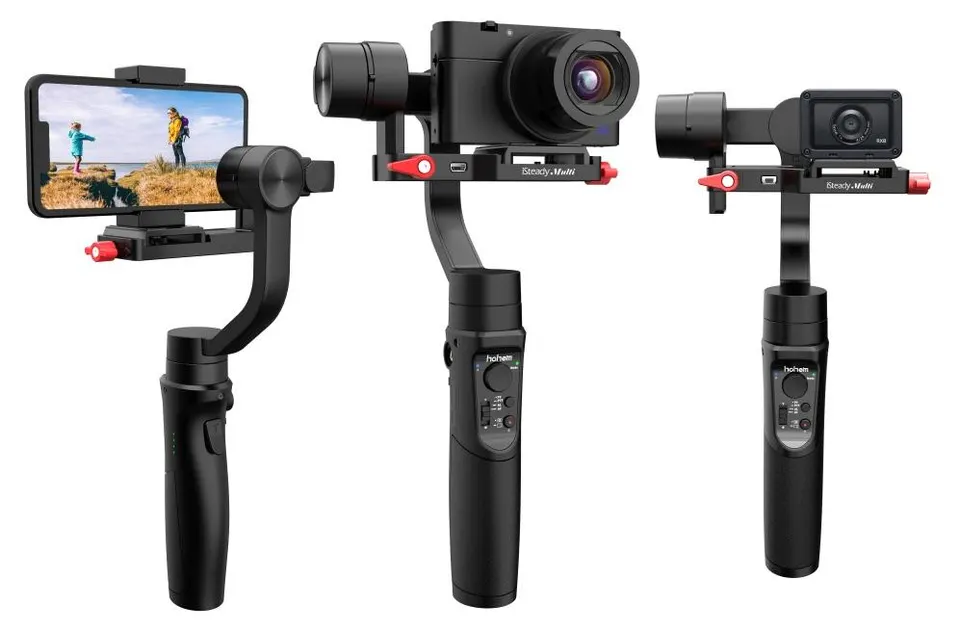
A gimbal camera combines a camera with a gimbal stabilizer, a device that counteracts unwanted motion to ensure steady footage. The gimbal uses motors and sensors to detect movement and adjust the camera’s position in real-time. This technology allows users to capture smooth and stable shots, even when walking, running, or filming in challenging conditions.
How Does a Gimbal Camera Work?
Gimbal cameras operate using a combination of motion sensors, motors, and control algorithms to stabilize the camera along three axes:
- Tilt (Up and Down Movement): The gimbal counteracts any vertical movement, such as walking or climbing stairs.
- Roll (Side-to-Side Movement): It stabilizes the camera against lateral tilts, ensuring a level horizon.
- Pan (Left-to-Right Movement): Smooths out rotations, particularly during panning shots.
Key Components:
- Motion Sensors: Detect every slight movement or vibration.
- Brushless Motors: These high-precision motors instantly adjust the camera’s position to counteract movements.
- Control Algorithms: These process data from the sensors and motors, creating seamless stabilization for smooth and steady footage.
By combining these elements, gimbal cameras achieve a level of stability that far surpasses traditional handheld cameras, even under challenging conditions.
Key Features of Gimbal Cameras:
Gimbal cameras come equipped with a host of features designed to enhance creativity and usability. Here’s a closer look at their capabilities:
- Three-Axis Stabilization: The backbone of any gimbal camera, ensuring smooth footage across all movements.
- Lightweight and Compact Design: Gimbal cameras are designed for portability, making them ideal for travel, outdoor shoots, and handheld use.
- Smart Object Tracking: This feature allows the camera to lock onto a subject and follow its movement automatically, ensuring the subject stays in focus.
- Creative Shooting Modes: From time-lapse and hyperlapse to slow-motion and panorama, gimbal cameras unlock endless possibilities.
- High-Resolution Video Recording: Many models support 4K or even 8K video, ensuring every detail is captured.
- Wireless Connectivity and App Integration: Most gimbal cameras come with companion apps, allowing users to control settings, preview footage, and transfer files wirelessly.
- Durability and Weather Resistance: Some gimbal cameras are built tough, with waterproof or weather-resistant designs for outdoor adventures.
Also Read: Laptop Camera Cover – The Essential Guide to Privacy and Security!
Benefits of Using a Gimbal Camera:
Gimbal cameras are transformative tools that offer several key advantages:
- Professional-Quality Footage: Eliminate shakes and jitters for polished, cinematic visuals.
- Enhanced Portability: The compact design makes it easy to carry and use anywhere.
- Increased Creative Control: Features like tracking, time-lapse, and slow motion open up new creative opportunities.
- Versatility: Suitable for various scenarios, from action-packed sports to serene landscape videography.
- Ease of Use: With intuitive controls and smart technology, even beginners can achieve professional results.
Popular Applications of Gimbal Cameras:
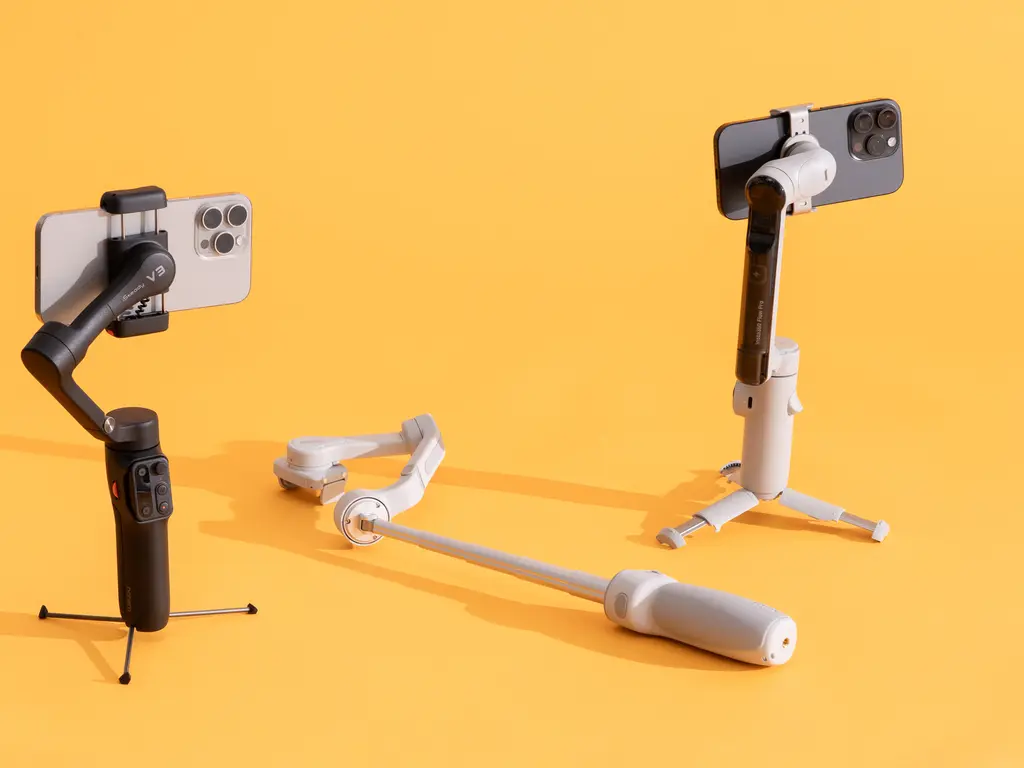
Gimbal cameras have broad applications across different industries and creative fields.
- Vlogging and Social Media Content Creation: For influencers and YouTubers, gimbal cameras provide stable, high-quality footage that enhances viewer experience.
- Action Sports: Perfect for capturing fast-paced activities like skiing, biking, or skateboarding, ensuring every moment is smooth and detailed.
- Professional Filmmaking: Indie filmmakers and professionals use gimbal cameras to create cinematic shots without the need for heavy equipment.
- Travel Videography: Capture breathtaking landscapes and dynamic cityscapes with professional-grade stability.
- Event Coverage: Ideal for weddings, concerts, or live events, offering a professional touch to on-the-go filming.
- Live Streaming: Gimbal cameras ensure stable visuals during real-time broadcasts, whether for personal use or professional events.
Top Gimbal Camera Brands:
When it comes to choosing a reliable gimbal camera, several brands stand out:
- DJI: Known for its innovative technology, DJI offers the Osmo series, a favorite among vloggers and filmmakers for its compact and feature-rich design.
- Zhiyun: A leader in affordable gimbal cameras, Zhiyun balances cost-effectiveness with advanced features.
- GoPro: Famous for its rugged, waterproof cameras with built-in stabilization, perfect for action and adventure.
- FeiyuTech: Offers versatile gimbal cameras with robust designs and smart tracking features.
- Moza: Known for professional-grade gimbals and cameras designed for filmmakers and content creators.
How to Choose the Right Gimbal Camera:
Choosing the perfect gimbal camera requires evaluating your specific needs and preferences.
- Purpose: Are you creating vlogs, filming sports, or producing cinematic content? Your use case will determine the features you need.
- Camera Resolution: Look for 4K or higher resolution for the best video quality.
- Battery Life: Consider models with long-lasting batteries, especially for extended shoots.
- Weight and Portability: A lightweight and compact design is essential for travel and handheld use.
- Budget: While high-end models offer advanced features, there are affordable options that deliver excellent stabilization and video quality.
- Compatibility: Check whether the gimbal is compatible with your smartphone, DSLR, or other camera equipment.
FAQ’s
1. What is a gimbal camera used for?
A gimbal camera is used to stabilize video footage and reduce shake, allowing you to capture smooth, cinematic-quality shots. It’s ideal for videography, filmmaking, travel vlogs, and sports action recording.
2. How does a gimbal camera work?
Gimbal cameras use motorized stabilization technology and gyroscopes to keep the camera steady. The gimbal counteracts unwanted movements by adjusting the camera’s orientation in real time.
3. Can I use a gimbal camera with my smartphone?
Yes, many gimbals are designed specifically for smartphones. These models securely hold your phone and provide similar stabilization benefits as those for professional cameras.
4. Are gimbal cameras waterproof?
Not all gimbal cameras are waterproof. However, some models, especially action gimbals, come with weather-resistant or waterproof designs for outdoor and adventure filming.
5. Do I need a gimbal if my camera has built-in stabilization?
While built-in stabilization helps reduce minor shake, a gimbal offers superior stabilization and smoother footage, especially for complex movements or professional-quality filming.
Conclusion:
In conclusion, a gimbal camera is an essential tool for achieving smooth, professional-quality footage. Whether you’re a filmmaker, vlogger, or action enthusiast, its advanced stabilization technology ensures stunning visuals in any setting. By choosing the right model for your needs, you can elevate your content and create videos that truly captivate your audience.

